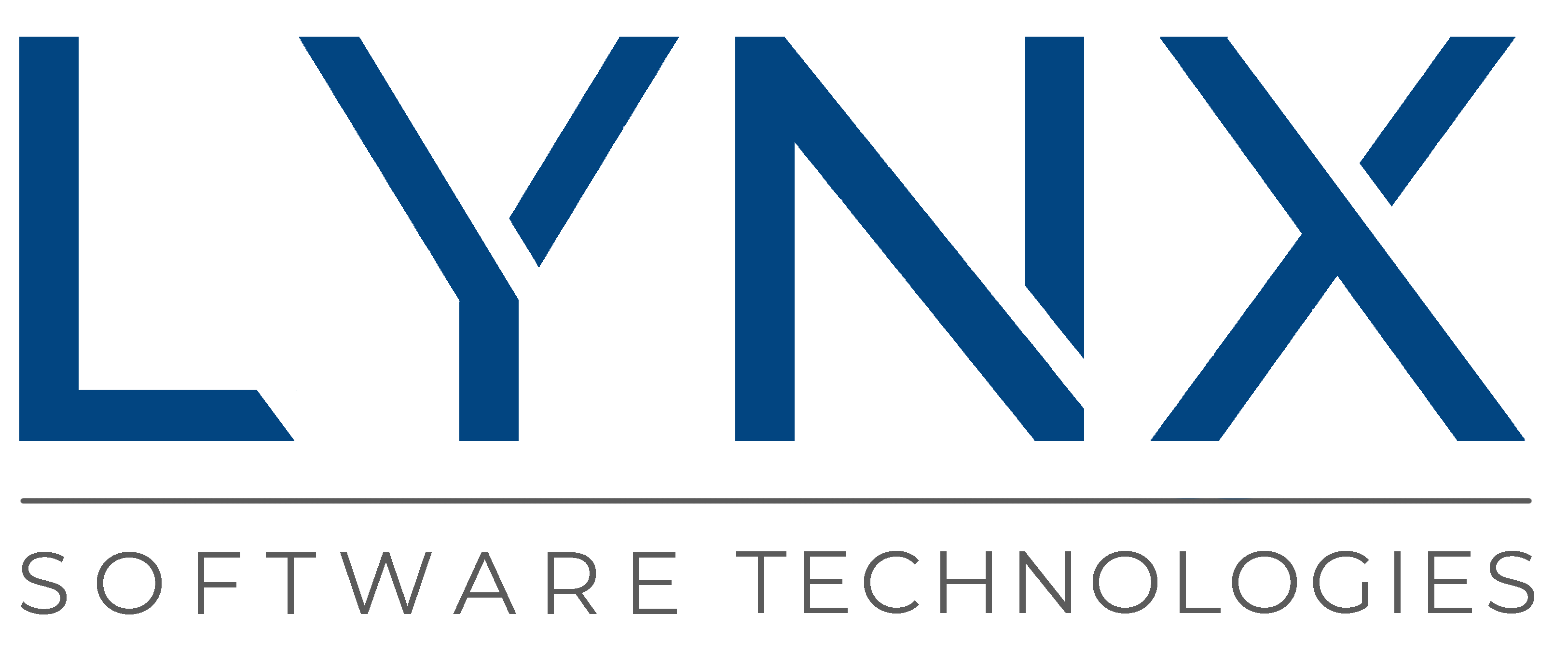secure platform, safe platform, certifiable platform, adaptable platform, mixed-criticality platform
for urban air mobility
secure platform, safe platform, certifiable platform, adaptable platform, mixed-criticality platform
for urban air systems
INDUSTRY SECTOR DYNAMICS
Urban Air Mobility (UAM) refers to an emerging class of craft and supporting infrastructure using highly automated (typically electric-powered) aircraft operating and transporting passengers or cargo at lower altitudes within urban and suburban areas. UAM is composed of an ecosystem that considers the evolution and safety of the aircraft, the framework for operation, access to airspace, infrastructure development, and community engagement.
This is a market for significant growth. It is challenging to provide exact predictions, but some analysts believe this segment could be responsible for more than $30B by 2031, with a CAGR above 30% over the next ten years.
Similar to the ongoing shift to autonomous vehicles, the long-term vision for the UAM segment is a fully autonomous “EVTOL” (electric vehicle takeoff and landing) craft that can be launched from anywhere. In the near term, the plan will provide controlled routes such as the initiative announced for Chicago.
The significant challenges associated with this journey include:
System Certification
Certifying software to DO-178C DAL A level can be a time- and cost-consuming task
Cybersecurity
Since these systems are connected to enable the delivery of new functionality, the systems must have a high level of immunity and resilience to deliberate or accidental malware being introduced
Safety
Systems must be able to tolerate failure of subsystems, returning the craft to the ground without injuring humans
SOFTWARE CHALLENGES
Realizing these complex platforms with the desired level of system robustness and reliability creates several challenges for chief architects, software engineers, and P&L owners such as:
Cost/Time of Certification
- As certification cost is a function of the number of lines of source code being certified, a large operating system like Linux is impractical
Safe Embracing of Multicore Processors:
- With applications sharing resources like CPU cores, memory and IO, the software must be able to deliver deterministic and high reliability in the face of cyberattack, poorly written code and failure of system functionality
Updateable Systems
- With technologies like AI continuing to evolve, the systems must continue to add functionality to deployed systems as part of an ongoing commitment to improved safety, security and customer experience

See article for reference
INDUSTRY SECTOR DYNAMICS
Urban Air Mobility (UAM) refers to an emerging class of craft and supporting infrastructure that will use highly automated (typically electric powered) aircraft that will operate and transport passengers or cargo at lower altitudes within urban and suburban areas. UAM is composed of an ecosystem that considers the evolution and safety of the aircraft, the framework for operation, access to airspace, infrastructure development, and community engagement.
This is a market for significant growth. It is challenging to provide exact predictions, but some analysts believe this segment could be responsible for in excess of $30B by 2031, with a CAGR above 30% over the next ten years.
In a similar way to the ongoing shift to autonomous vehicles, the long term vision for the UAM segment is fully autonomous “EVTOL” (electric vehicle takeoff and landing) craft that can be launched from anywhere. Nearer term, the plan is to provide controlled routes such as the initiative announced for Chicago.
The big challenges associated with this journey include:
System Certification
Certifying software to DO-178C DAL A level can be a time- and cost-consuming task
Cybersecurity
Since these systems are connected to enable the delivery of new functionality, the systems must have a high level of immunity and resilience to deliberate or accidental malware being introduced
Safety
Systems must be able to tolerate failure of subsystems, returning the craft to the ground without injuring humans
HOW LYNX CAN HELP
Cost/Time of Certification
- LYNX MOSA.ic provides the strongest POSIX compatibility across the field of RTOS suppliers, simplifying the migration of software that needs to be certified from Linux to Lynx’s RTOS
- DO-178C DAL A certification achieved multiple times
- Smallest code footprint for hypervisor reduces certification costs
Safe Embracing of Multicore Processors
- Ground-up software built for maximizing isolation of software applications from each other
- Hypervisor not in the data path for applications
- Least privilege software architecture ensures applications can only access the minimum system resources needed to execute software
Updateable Systems
- Proven connectivity to all public (Amazon, Google, and Microsoft) cloud providers
- Harnessing industry-standard container and orchestration technology
Suggested Partners
No one company can deliver all technologies for the next generation of securely-connected mission-critical platforms. You can click here to learn about some of our trusted partners, see what we've accomplished together, and explore how we can help you.![]()
![]()
PAST PERFORMANCE
Read here to learn more about how we worked with other companies like General Atomics and Lockheed Martin to address these and other challenges, while implementing mixed criticality (Linux + RTOS) systems on (respectively) Arm and x86 platforms.





